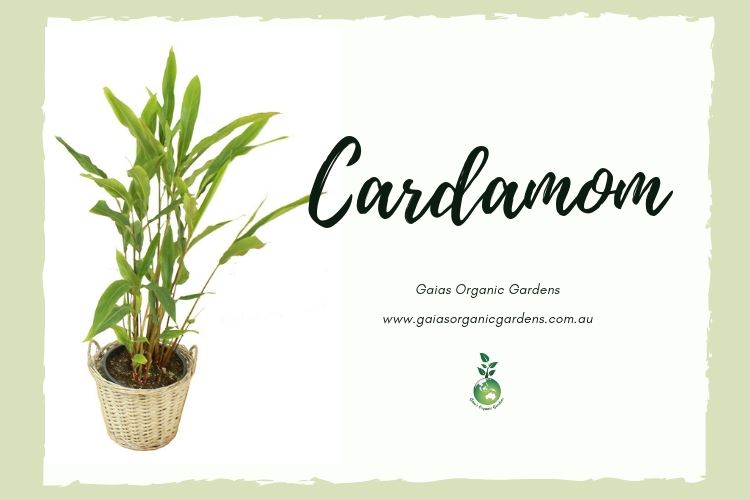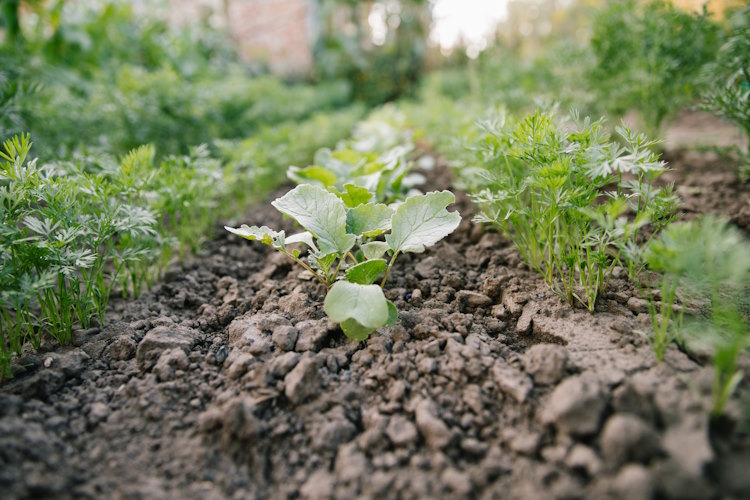What is Cardamom?
Cardamom – The Queen of Spices and one of the world’s ancient spices and third to the most expensive. Native to India, Bhutan, Nepal, and Indonesia. Cardamom pods are tiny, triangular in cross-section, and shaped as spindles. It has a warm, minty, citrusy and spicy taste to it and is very fragrant.
Let’s take a look at some of the health benefits of Cardamom
- Antioxidant – cardamom contain high levels of antioxidants that plays a huge role in disease prevention and management.
- Anti-Inflammatory – Cardamom is rich in compounds that help reduce inflammation.
- Aids digestion – It is commonly used to help with bloating, gas, constipation and nausea.
- Freshens breath – In some parts of India, they chew Cardamom after meals to freshen their breath.
- Helps get rid of cold and flu – Cardamom is also used to relieve cold and flu. It also helps cough.
- Blood Clots – Cardamom is a natural blood thinner that helps prevents blood clots by preventing platelet aggregation and the sticking to the artery walls.
- Helps with muscle spasms – Cardamom is an anti-spasmodic therefore helps with muscle spasms.
- Lowers blood pressure – Cardamom is a Diuretic. It significantly lowers blood pressure by increasing urinary output and reducing the body’s sodium and water volume.
- Good for the skin – Due to its antibacterial and antioxidant properties, Cardamom is great for our skin. Cardamom essential oil helps lighten blemishes for that clean looking skin. You can buy skin care products containing cardamom or its essential oil. Or you can simply create your own mask by mixing cardamom powder with honey.
- Improves Hair Health – Cardamom can nourish the hair follicles and can enhance hair strength. Mix the powder with water and wash your hair. Use before shampoo to achieve the desired results. The antibacterial properties of Cardamom can even treat scalp infections.
Cooking With Cardamom
Cardamom has a deep intense flavor and the scent complements both sweet and savory dishes. You can use the powdered form but to get more flavor out of it is preferable to buy the pods and grind the seeds using a pestle and mortar. Lightly crush the whole pod and add to your dish, don’t worry about the shell, it can be removed after cooking or eaten with the dish. A little cardamom goes a long way so use sparingly.
Cardamom is great to season everything from baked goods to burgers to meatloaves. It goes well with cinnamon and nutmeg. Cardamom can also be used to flavor coffee or some mulled wine or eggnog.
Recipe: Roasted Cardamom Vegetables
Recipe from: OregonLive – https://recipes.oregonlive.com/recipes/roasted-cardamom-vegetables
Ingredients
4 carrots
1 large rutabaga
1 pound small fingerling potatoes
4 tablespoons olive oil
1/2 teaspoon cardamom seeds
8 green cardamom pods
2 sticks cinnamon
Salt and freshly ground black pepper, to taste
1 14.5-ounce can garbanzo beans, drained and rinsed
Instructions
Preheat oven to 400 degrees.
Peel carrots and rutabaga, slice into large chunks. Scrub potatoes and slice if needed to match size of carrots and rutabaga. Set into a baking dish large enough to hold all comfortably.
In a skillet over medium-high heat, heat the oil until it shimmers. Add cardamom seeds, pods and cinnamon and heat until fragrant and the cinnamon starts to uncurl, about 6-8 minutes.
Pour the oil and spice mixture over the vegetables, sprinkle with salt and pepper and bake uncovered for 20 minutes.
Remove from oven, stir and add the garbanzo beans. Mix together and place back in the oven for another 20 minutes.
Check for doneness, then place under the broiler for five minutes for extra browning.
How to store Cardamom
Proper storage of cardamom is very important to retain its taste and aroma. The best way is to store cardamom in the form of pods and should be kept in moisture-proof containers away from direct sunlight.
Growing Cardamom
Cardamom is easy to grow at home, it makes a lovely scented indoor plant or plant suitable for shaded area. Cardamom thrives on humus rich soil and on a slightly acidic side. It can grow outdoors in summer or year round in warm regions but it needs to stay moist and cannot tolerate drought. Remember if you are growing Cardamom indoors, the mature plants can reach up to 10 feet, so make sure that the location has plenty of space for the plant to stretch out.
Side effects
Cardamom in normal amounts is safe but should be avoided by pregnant breastfeeding mums. People suffering from gallstones should also avoid intake. Cardamom seed is known to trigger gallstone colic.
Cardamom is also the perfect addition to your sensory garden, Want some help setting up a sensory garden? Why not call our Dream Green Team to give you a hand designing, setting it up & maintaining it!






